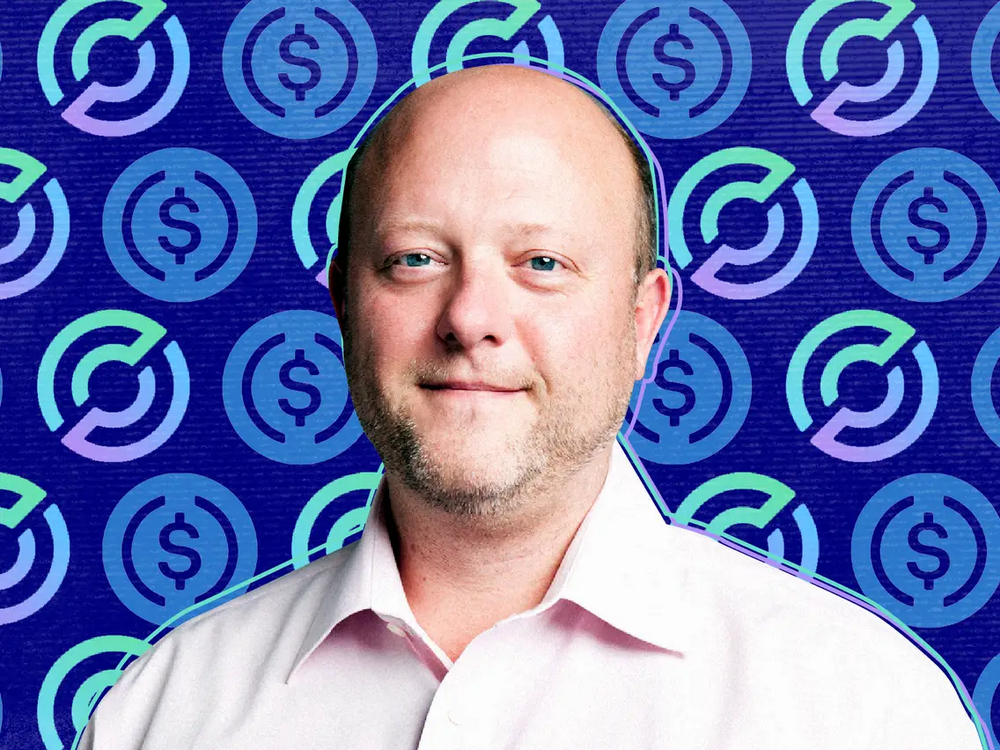Talk to Microsoft China's chief innovation technology consultant: Can the development of blockchain applications be simplified?
Editor's Note: The original title was "Microsoft and Standard Consensus on Blockchain | Standard Consensus". The editor has made a cut from this article without changing its intent.
Introduction: The application of blockchain technology has extended to many fields such as digital finance, the Internet of Things, intelligent manufacturing, and supply chain management . To explore the application of "blockchain +" in the field of people's livelihood, and actively promote the application of blockchain technology in the fields of education, employment, pension, precision poverty alleviation, medical health, commodity security, food safety, public welfare, social assistance and other fields, for the people The masses provide smarter, more convenient and better public services. In this context, Xu Yutao, the chief innovation technology consultant of Microsoft China, talked with Xu Jiang, the chief analyst of the standard consensus, to discuss the fall to the bottom of the technology. He really came to a conclusion-the development of blockchain applications. Can I simplify it? ?
Xu Yutao: Good afternoon, partners! I'm Xu Yutao, chief innovation technology consultant from Microsoft China. You can call me Tory. There is a handsome guy sitting next to me. He is the chief analyst of Standard Consensus, Teacher Xu Jiang.
Teacher Xu Jiang said hello.
- Japanese retail giant Rakuten announces allowing users to use points for bitcoin, etc., boosting cryptocurrency adoption
- The world after the Bitcoin inflection point
- Du Xiaoman Releases DeFi White Paper
Xu Jiang: Hello everyone!
Xu Yutao: Teacher Xu Jiang, we are honored to invite you, or you will introduce yourself to our online friends.
Xu Jiang: Thank you everyone! I am very honored, I am also a science and engineering background, a programmer background. I should be very kind to you. I joined the financial service circle before joining the blockchain industry. I have done it for some time in Moody's Analysis and VanceInfo. I am currently working at Standard Consensus as the lead analyst. Today I will talk to you. About blockchain content.

History and development of the blockchain industry
Xu Yutao: Because you are also an early practitioner of blockchain. Many people have been aware of the concept of blockchain since Bitcoin. Can you introduce us to your understanding of industry development or technology trends, thank you!
Xu Jiang: This is the case. It has been many years since the beginning of the blockchain. I am also a novice, because I do analysis and research work and can share something with you. In 2008, Satoshi Nakamoto published a paper describing the most important content of the blockchain. Bitcoin is now a household name. We have seen great developments in blockchain technology, including Bitcoin, Ethereum, EOS, and more. There are also domestic public chain projects behind, including the use of current technology.

From the perspective of the blockchain, it can be said that there are several stages. What everyone knows at the beginning, I think it must be Bitcoin. Now it is also the most well-known. Later, with further technical upgrades, Ethereum appeared. Ethereum actually completes the smart contract part of blockchain technology, which can be Turing complete, that is, it can be programmed. It turns out that the Bitcoin network cannot be programmed, and only script scripts can be written. It's okay when it comes to Ethereum. In the future, Ethereum 2.0 has made greater improvements in speed and throughput. In addition, many other blockchain projects have also made many attempts including EOS and so on.
What is a blockchain
Xu Yutao : Teacher Xu Jiang, you also shared a lot of your own journey. Although you are modest in saying that you are a novice, it sounds like you are already a veteran of the industry. This wave of technology is just beginning. We still need to have a basic introduction to blockchain. That is, we always say blockchain, blockchain, but what exactly is it? Can you use the perspective of an industry veteran or your understanding to briefly explain what a blockchain is?
Xu Jiang: From a technical point of view, the blockchain is actually a combination of many technical achievements that have been made in the past. Mainly cryptographic techniques. Others include: P2P network technology, distributed technology and data synchronization. It is a fusion of these contents, and then generates blockchain technology. It has very obvious characteristics, that is, it can be traced back, cannot be changed, and it is the only programmable. So these characteristics create a lot of space we can imagine.
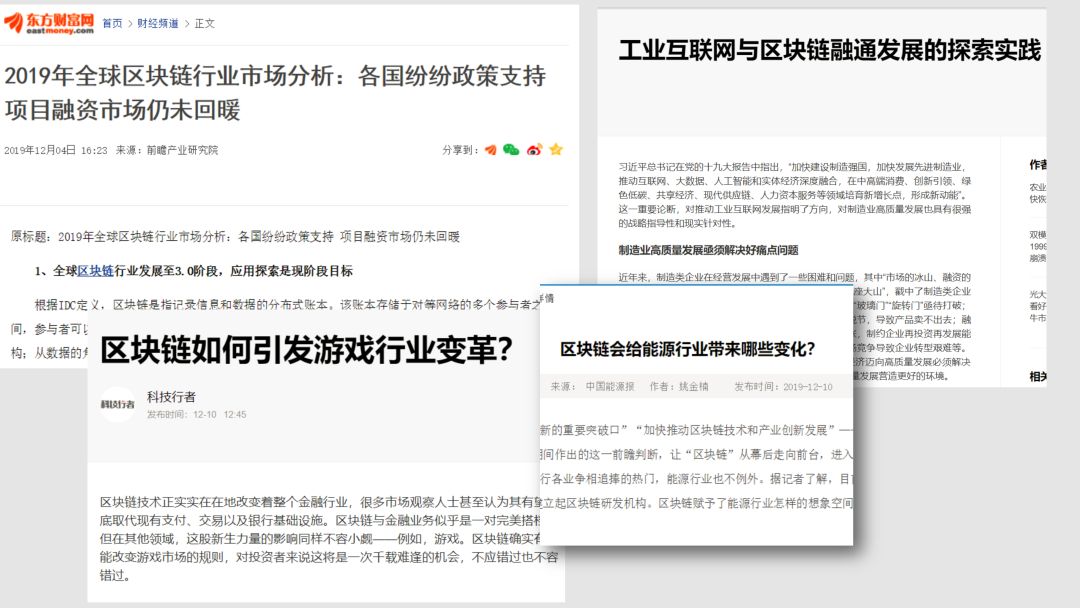
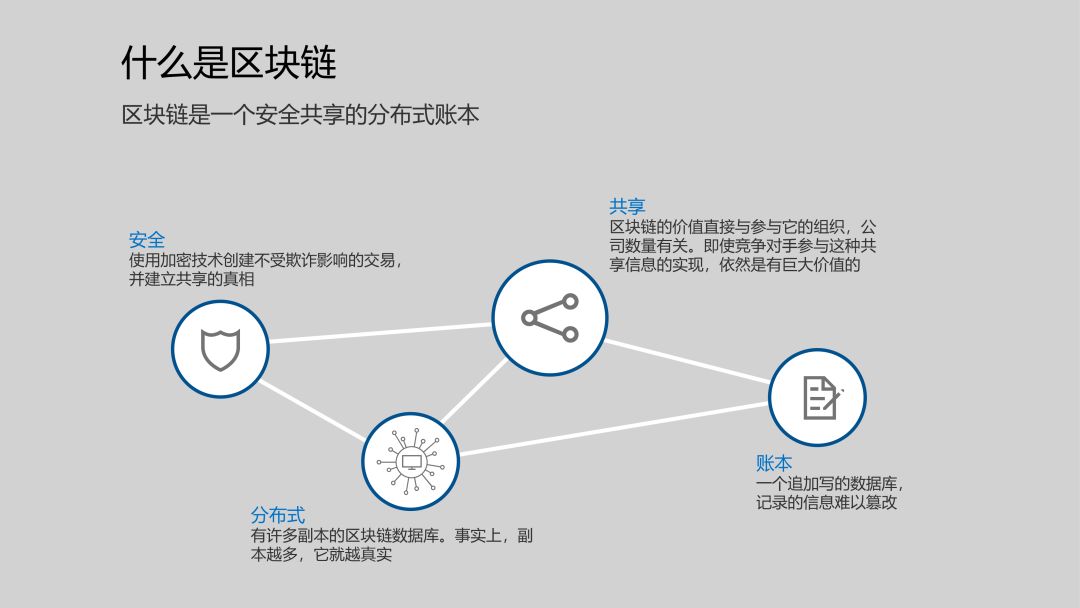


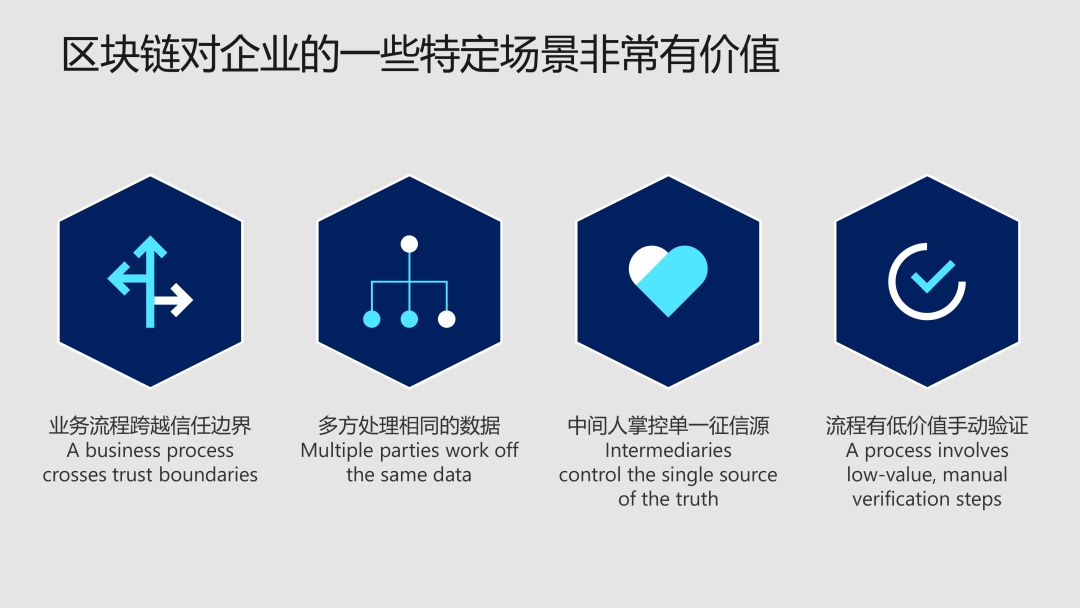
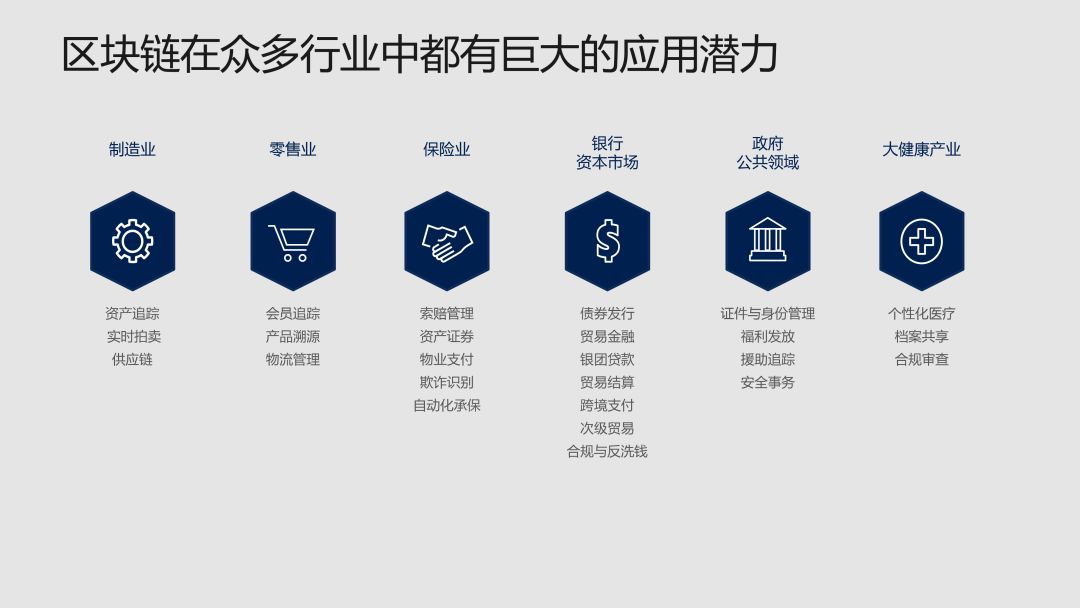
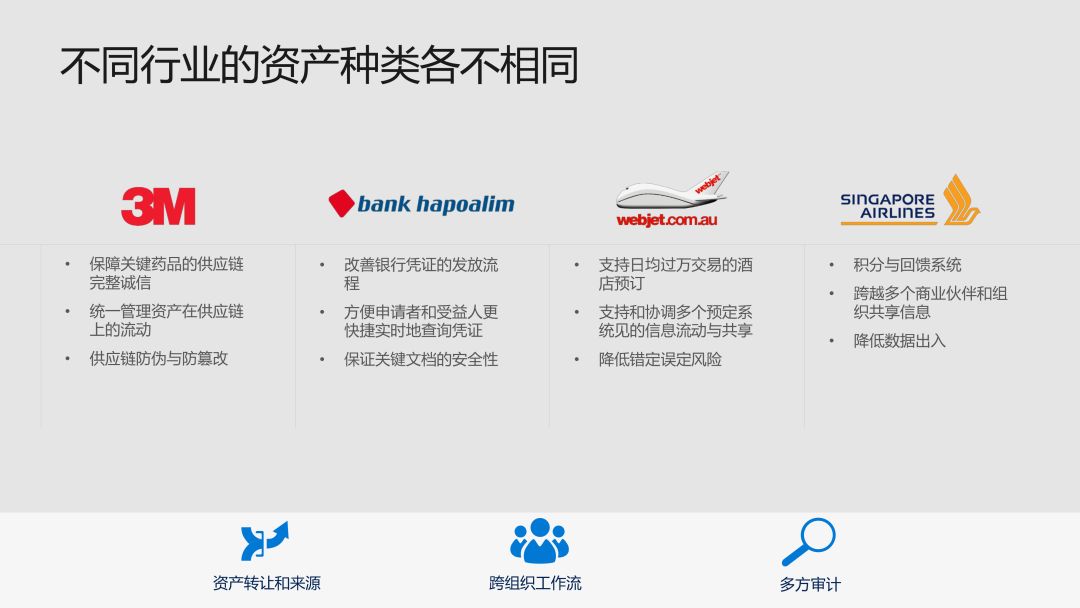
What the blockchain can do
Xu Yutao: You explained it very well. You mentioned features such as traceability, programming with smart contracts. We, Microsoft, started early and embraced the ecology of the blockchain. But what we are doing more is how we serve our customers in many industries, such as customers in the manufacturing industry, customers in the retail industry, customers in the health industry, and retail insurance. We are also trying out scenarios with them in various industries. In these scenarios, regional blockchains are dropped. But in the process of landing, we basically use the traceability of the blockchain and its distributed storage technology. You are also a practitioner, and you have a lot of experience communicating with industry practitioners. From your perspective, you can see what is happening, or the industry's application prospects, or changes. Can you share it with us?
Xu Jiang: OK, maybe you have n’t been in the industry, and lack some actual experience. Let me introduce the more interesting content that I see. The first is because in the initial period, taking Bitcoin as an example, Bitcoin network throughput was relatively low and slow. There are relatively few applications on it. But then Ethereum appeared, and its throughput increased. There are many applications above that are mainly concentrated in games.
For example, everyone should have heard of ether cats. You can have a pet cat yourself, you can customize a variety of behaviors, and then you can trade. That is only in the case of increased throughput. In fact, when applying such technologies to real-world scenarios, we see more of them in two aspects, and more of them in the financial field. Because finance has the advantages of natural digitalization, because it does not need to go through the process of chaining physical objects. So whether it is the transfer of funds or the transfer of information, it will be more convenient.
Another piece is still in the logistics industry, which is also used more. It is traceability, which can be used for quality assurance, public welfare projects, and so on. In addition, in the supply chain project, there are many imagination spaces.
Xu Yutao: We are in the enterprise ourselves, and the number of landing projects is somewhat consistent with your point of view. We are mainly providing various blockchain development services based on the general supply chain. For example, like our pharmaceutical industry, they are also in this traceability, applied in the supply chain. Here we see another case. It is in the context of supply chain finance that a partner with us in China is Complex US33.CN. We are together in a core company and a manufacturing company. We went to the scene of a supply chain, and we mainly applied blockchain technology to complete the voucher of one of their accounts receivable. Through such a white bar, we have opened up the circulation of the upstream and downstream supply chains. It is more convenient for my core company to issue such a receivable, and it makes it easier for my downstream suppliers to get better endorsements, and the transparency of these entire payments. This also helps them better, use this account receivable, or our new white bar, to go to financial institutions and get better loans. Finally, our core companies provide a guarantee of due payment.
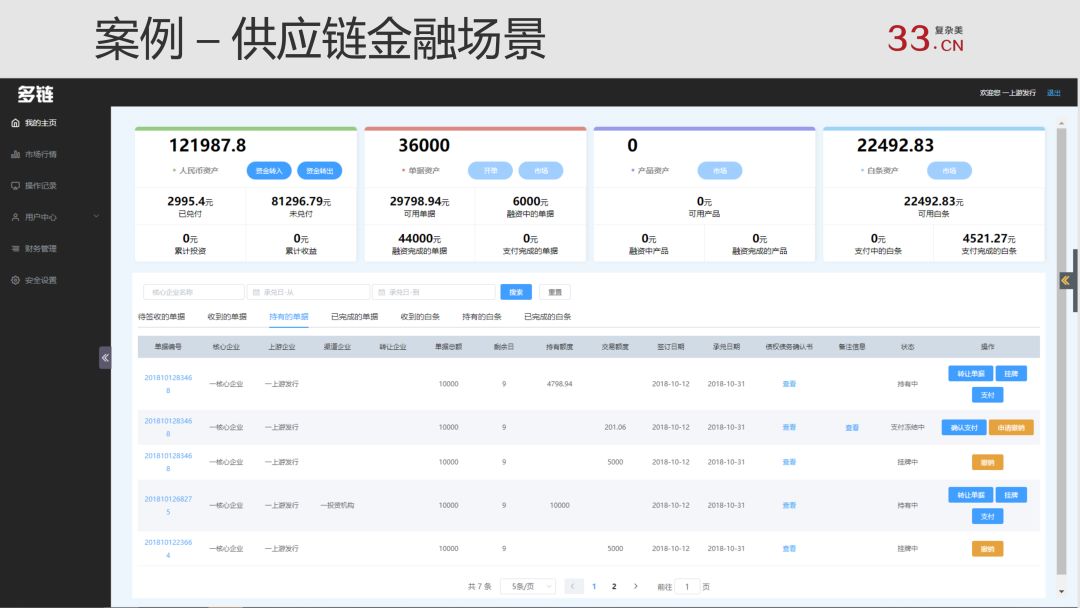


Application cases in the blockchain industry
Xu Yutao: You see that in your usual process, you also mentioned the supply chain. Do you see any cases you have come across? Or perceive the case, can you share one or two?
Xu Jiang : I know that a state-owned company should be a joint-stock bank. It uses electronic billing. Our traditional electronic money orders are accepted or paid through the central bank system. But there are still many regional ones. For example, Zhejiang Province or Jiangsu Province, it belongs to economically developed regions, and its financial industry is relatively developed. Then in this kind of region, financial institutions can join the alliance. That is, various city commercial banks, joint-stock banks, and rural commercial banks, which can join in and use various electronic bills to pay.
Xu Yutao: We have already tried many scenes in many places, everyone is trying. I also share another case here. Because it is very easy for many people to perceive it, it is Starbucks. People who like to drink coffee basically know. But in the store, you can see that Starbucks has different coffee beans. Different coffee beans have different prices, and they will have different origins.
Microsoft cooperated with Starbucks, and we provided a blockchain service based on our public cloud Azure. Help Starbucks quickly apply such a good feature of the blockchain to its entire coffee traceability process. It is equivalent to using the characteristics of blockchain traceability and immutability in this logistics industry, or the content of traceability. Because you look like when we drink coffee, the coffee beans are planted, then picked, then shipped, then roasted, and finally roasted, shipped to the store, and finally consumed by consumers. Together with Starbucks, we completed a winding process. Then there is the Yangcheng Lake hairy crab which is similar.
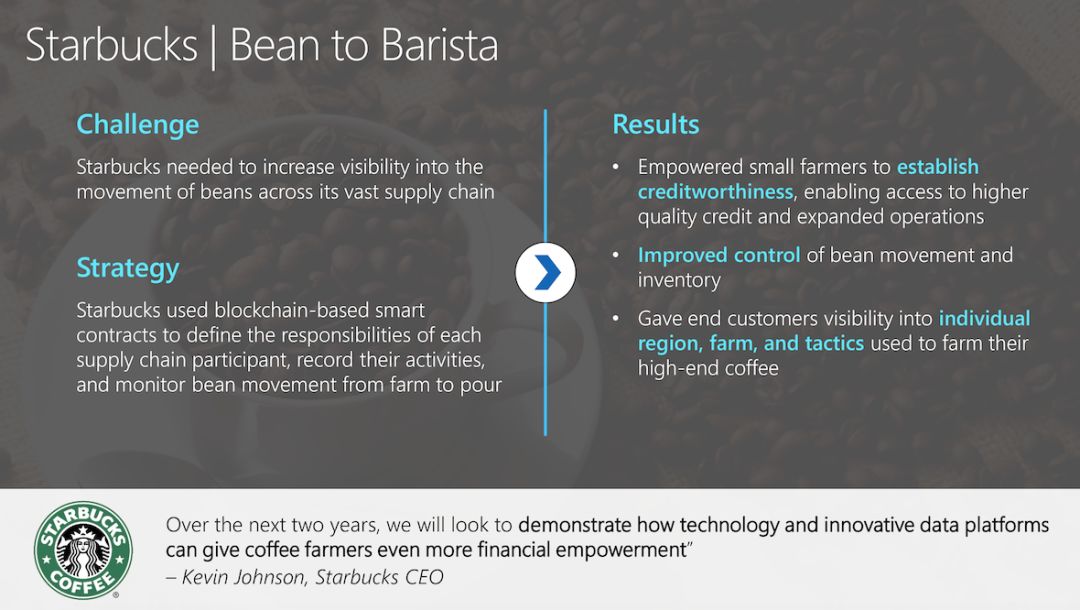
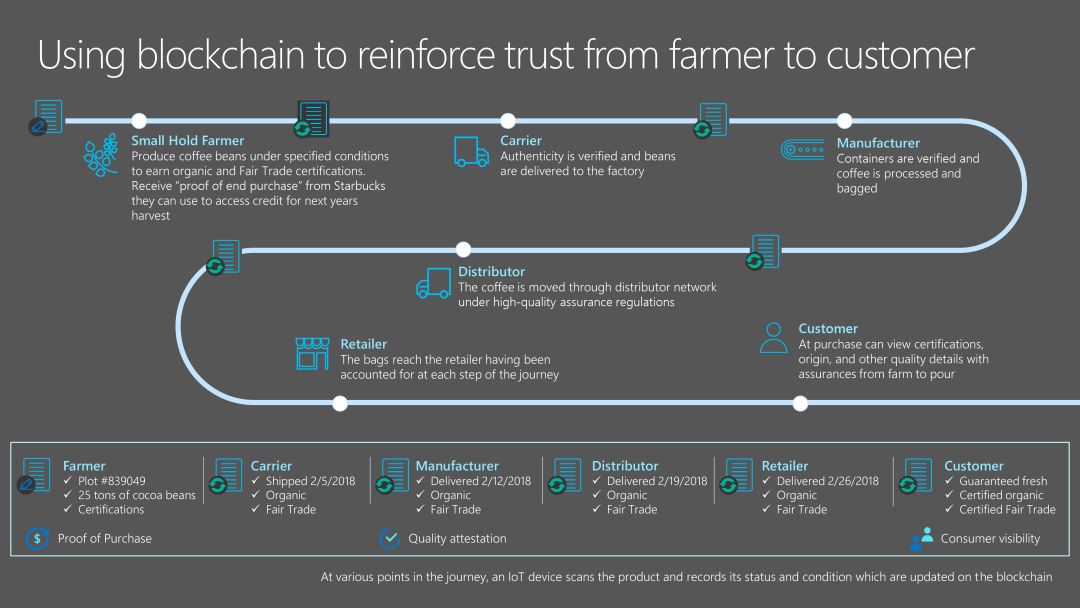
Xu Jiang: I have a question, how can I ensure that the kind of off-chain is consistent with the on-chain, or how to go on-chain?
Xu Yutao: The question is good. We also combine the technology of the Internet of Things. It is during these processes that we are going to pass the new, 4G network or 5G network locally. Provides the necessary bandwidth guarantee. I added IoT devices. I went to complete the data collection on the device side, of course after we collected it. Not all data is on the chain. We still upload more core data, and at the same time we will do a processing, that is, we must do the necessary privacy protection. It's related to personal privacy, because the protection of privacy is also taken seriously in various countries. We still put the shareable data in the transaction link or the data that needs to be used in the process of multi-party circulation. We put it on the chain for everyone to query.
Xu Jiang: If Yangcheng Lake hairy crabs can do this in the future, it will be guaranteed that they will not eat bath crabs.
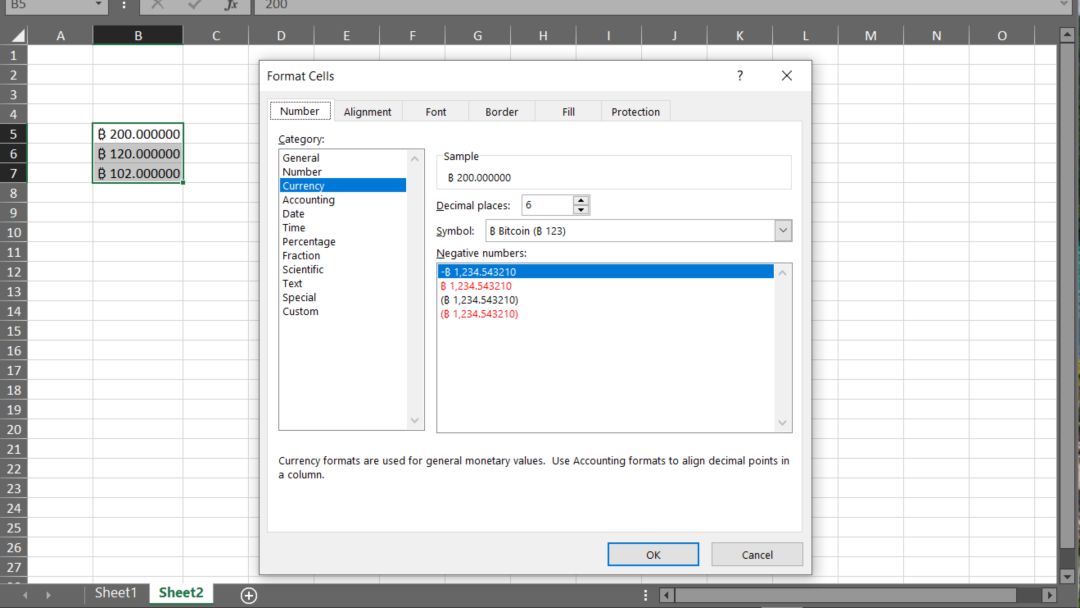
Xu Yutao: Yes, maybe in the future, we can see where it is produced, and maybe even a video. We also have a very good practice because, like you, you also mentioned at the beginning that the earliest blockchain, many people feel that it started with Bitcoin? Bitcoin is when we talk about blockchain, or when we talk about this kind of token. It is also a recognized digital currency with the highest consensus. We have an office in Microsoft. Everyone is using a tool called Excel in Office. It does various reports. Here, we have a function that you commonly use, which is to do data or data statistics. BTC is also recognized here. Or a currency unit of consensus is supported, and you can use it directly as a currency unit. Come and do the necessary data statistics and analysis. You can even set the necessary, exchange rate to complete the exchange with the value of other currencies. We have a good case.
I want to hear a while, especially if you also mentioned the game. Games are a very good use, but you see this scenario of playing games on the public chain. In terms of revenue, Microsoft is the third largest game company in the world. On Xbox, we have such a multi-party need to handle transactions and reconciliation. That is, the publisher publishes the game, and then we provide the service to the user. The user wants to buy it. So we put their purchase records and we put them on the blockchain. This is to achieve a distributed ledger. What we want is to shorten the previous reconciliation process.
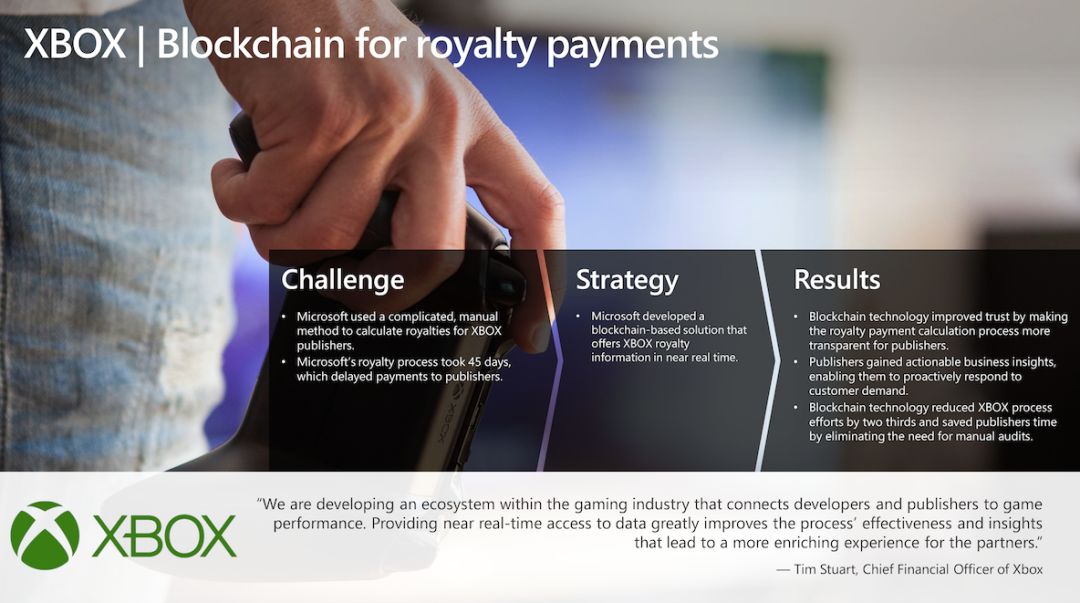
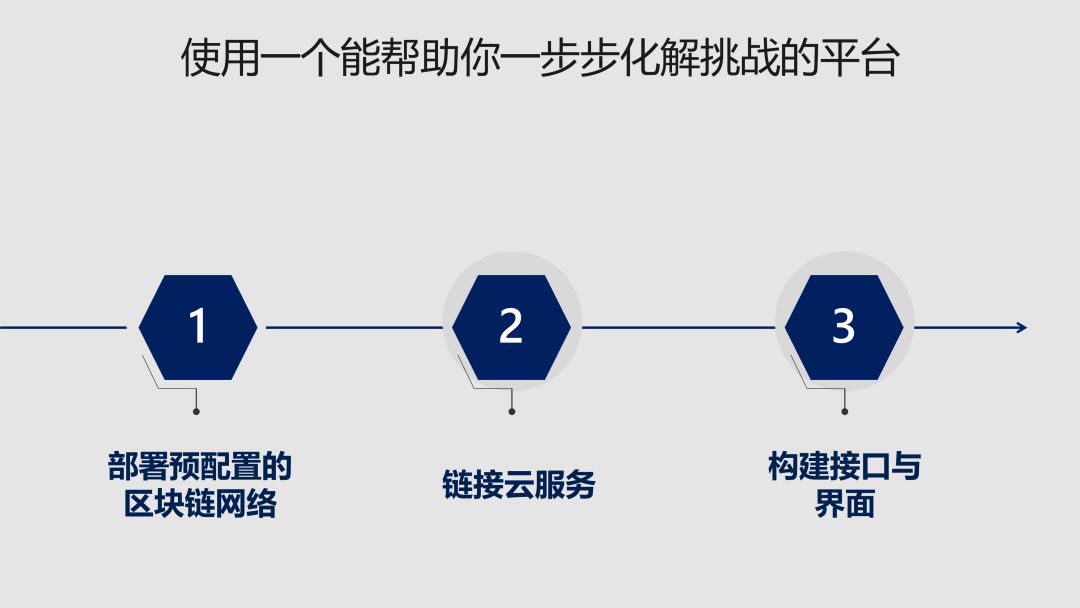
Development of blockchain technology
Xu Yutao: We mentioned a very good topic here and discussed it until you can see that the blockchain technology has an evolutionary process. You also mentioned that it is possible that we call it a few tenths to 1.0 or someone calls 2.0 From your perspective, talk about these common blockchain technologies that we now have. What evolutionary trends will we have next? In other words, you can share with us based on your understanding.
Xu Jiang: It seems that the trend can be speculated, although this technology has not yet arrived. Because BTC is in the form of Bitcoin from the beginning, it is equivalent to completing the initial proof of concept. After Ethereum came out, you can do more with smart contracts. For example, the ethereal cat game we just mentioned. Of course, it can also be used for smart contract deployment and real application scenarios. Maybe later we can see that the path is from the beginning of the proof of concept, to the next logically there are really virtual digital things that can be played or can be used for entertainment and applications. Finally, at least the next step should be something more pragmatic, that is, you can really use the blockchain technology to change the world and improve production efficiency. In terms of improving the production efficiency of the blockchain, as long as it is made, it must be particularly large to transform the world. I think whether it is the central bank of our country or the traditional institutions represented by Facebook are trying to do this.
Xu Yutao: We also agree with your point of view. In the process of talking with companies, they also hope to use this blockchain technology to improve their efficiency. Because the company is more about efficiency, it has always been to reduce costs and increase efficiency. But when they are embracing or they are using the blockchain, most of them are traditional developers. Their traditional database, traditional development language, but we are in like ETH, we use a new development language in smart contracts. So we still have to do business system docking, so we Microsoft also saw that this is a very huge project.
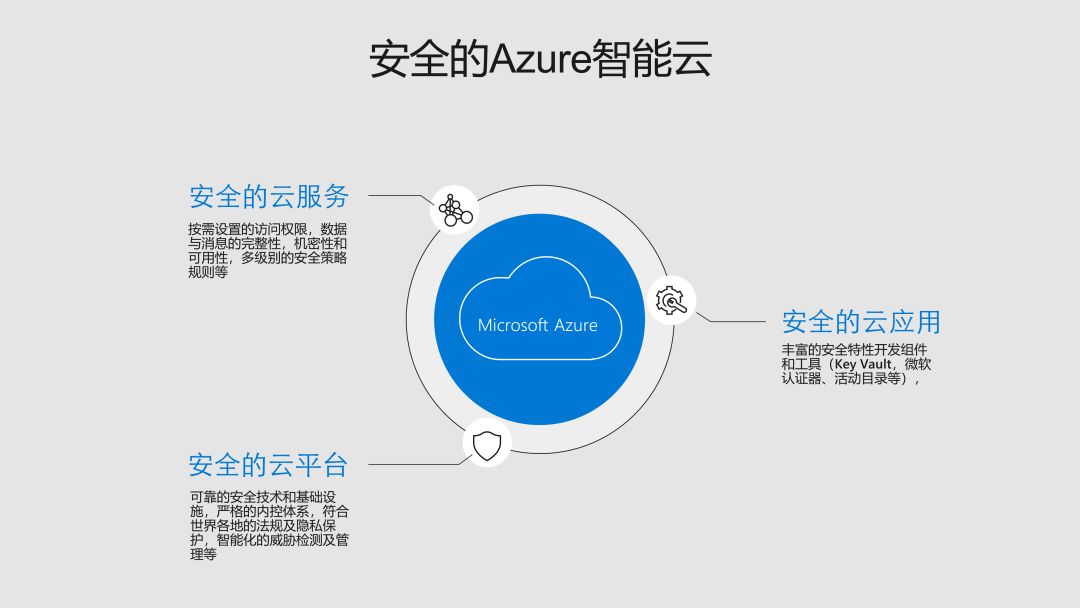
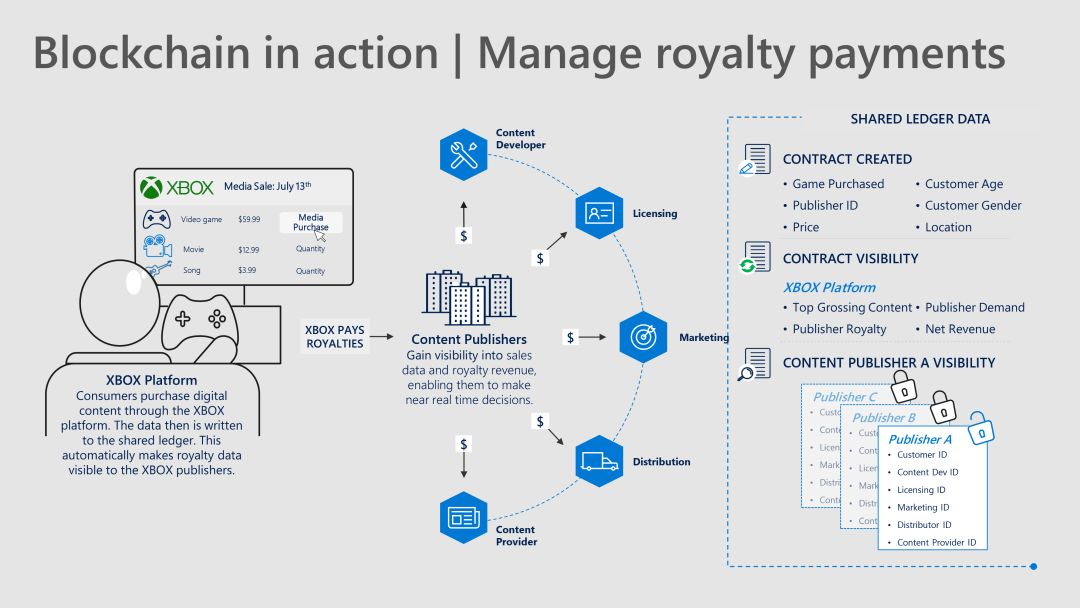
Xu Jiang: Yes, I am also a programmer by birth. From the time I started to contact the world of blockchain technology, it is clear that it feels very different from the original development of writing programs. So Microsoft is sure to improve the efficiency of programming or reduce our learning costs in this regard. I still look forward to it.
Xu Yutao: Thank you Teacher Xu Jiang for your recognition. We will report to you a few things that we are doing in the process, just to share, we talked about a lot of blockchains, it was not originally born for enterprises. From the perspective of its transaction efficiency, later, with the smart contract, I can do the necessary execution through the program. In the end we need to integrate with existing technologies. Therefore, when we talk to non-blockchain data developers of enterprise developers or community developers, they will have many challenges. For example, it takes them a long time to do POC. So how do they integrate with existing companies? So, for this we made a public cloud Azure. We provide a variety of services for developing blockchain applications. For example, our Azure Blockchain Service. We have tools like Workbag. We hope that in this way, we can lower the threshold for developers and also integrate with the existing security management features on the cloud.
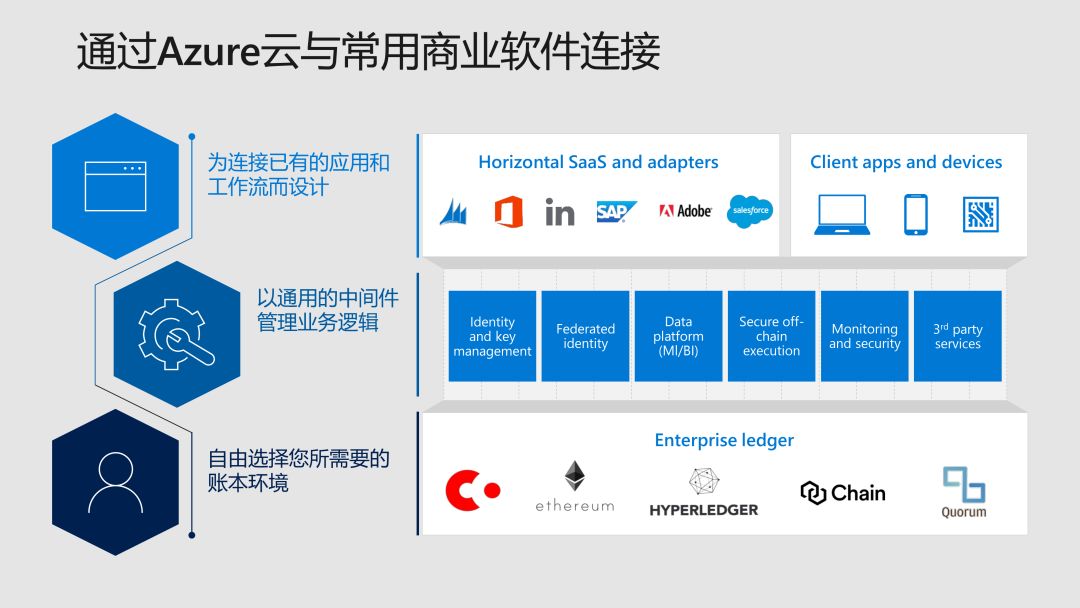
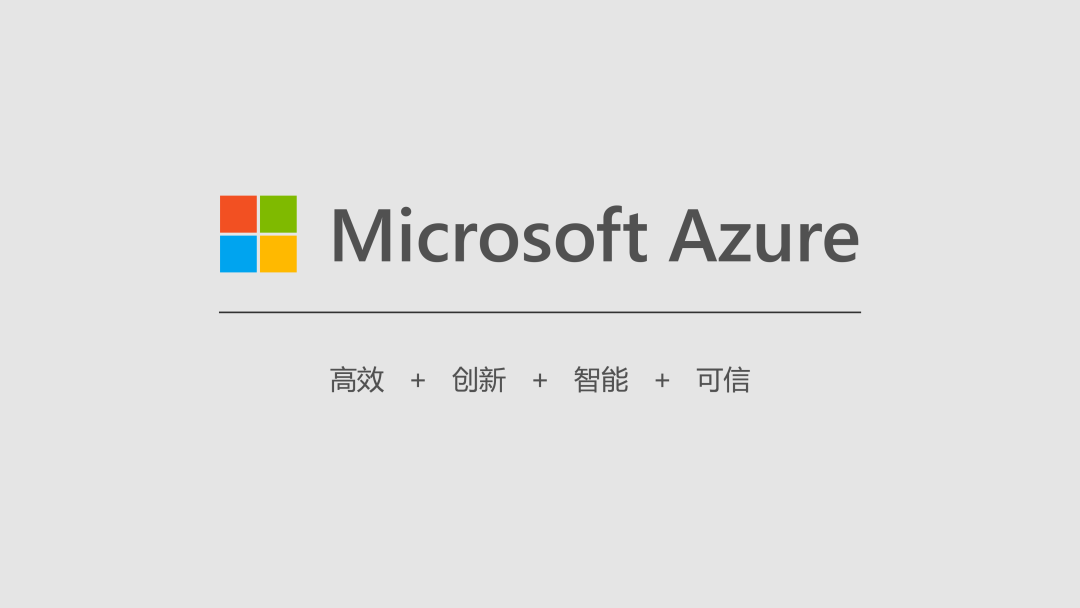
Xu Jiang: On behalf of the majority of those who have entered the blockchain industry, I would like to ask about Microsoft Cloud. For example, if I want to release a smart contract for deployment to Microsoft Cloud, I will use ETH as the basis. Who will pay for this gas?
Xu Yutao: Good question, we are mainly working on the chain-based scene. We didn't say what kind of supply chain Microsoft provided, and we didn't do it. So here, when we are helping companies in use, you can think of him as a supply chain. If I, for example, I build the ETH virtual machine myself, or even if I use Hyperledger to build one myself, it becomes a form like a private chain. Enterprises are more used in this regard. When the enterprise is in use, because our personal developers can directly use the built capabilities and networks on the public chain when using the public chain, as well as nodes, as long as I have the Gas fee, I have the Token, I can go to it Released as Dapps. In the enterprise, we still provide relatively rich deployment methods.
For example, a stand-alone node gives him development and debugging, and then we build an enterprise intranet in a single area for simulation, and we can also do a multi-node approach in a cross-region and network environment. To simulate the public chain we imagine now, there are multiple parties with consensus nodes. These consensus nodes are things we may not know about each other.
Xu Jiang: Is it on the Microsoft Cloud that both the Hyperledger and ETH virtual machines or other public chains are transparent to developers?
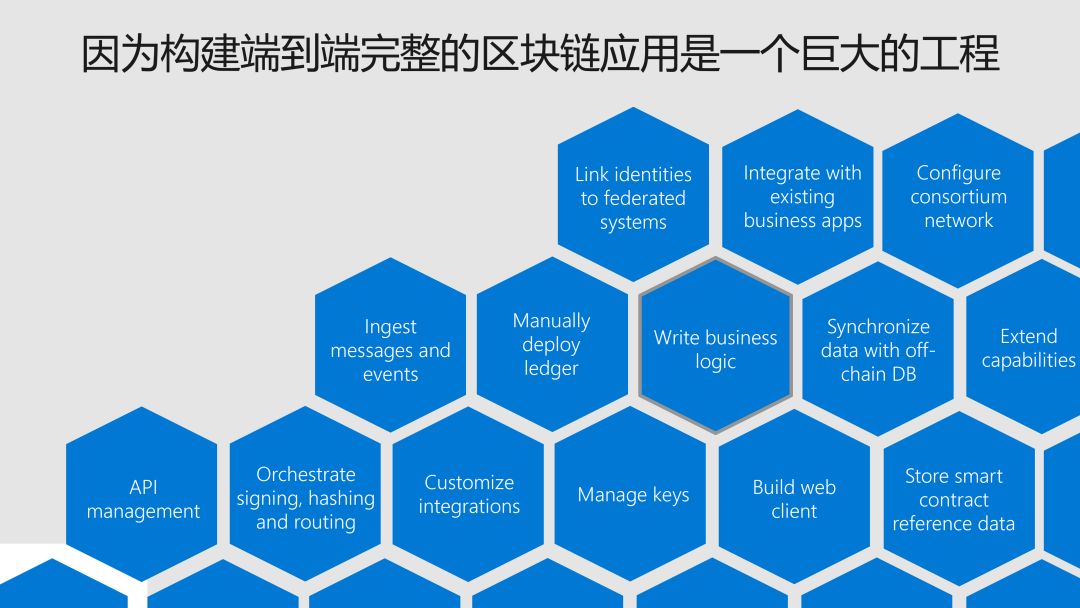
Xu Yutao: So we are divided into two types. One scenario is that we have a blockchain service provider with a high consensus with everyone here, for example, we say Hyperledger, Ethereum like you mentioned. Let's work together to create a service based on them. For this kind of service, we hope that companies will not have to think too much about the potentially emerging technology on that blockchain. It can still use existing technology. It pays more attention to its own business process, because companies still have to put it in their own application scenarios. So we hope that in the following we will have service providers of such enterprise contracts. At Microsoft we use our build and we can think of it as a BaaS service on the cloud. Through these services, we can quickly use the existing blockchain network of these service providers who already have such a corporate ledger with a high degree of consensus. This is what we are doing now.
Xu Jiang: So what are these functions or APIs that have been integrated into Microsoft Cloud that can be used by everyone?
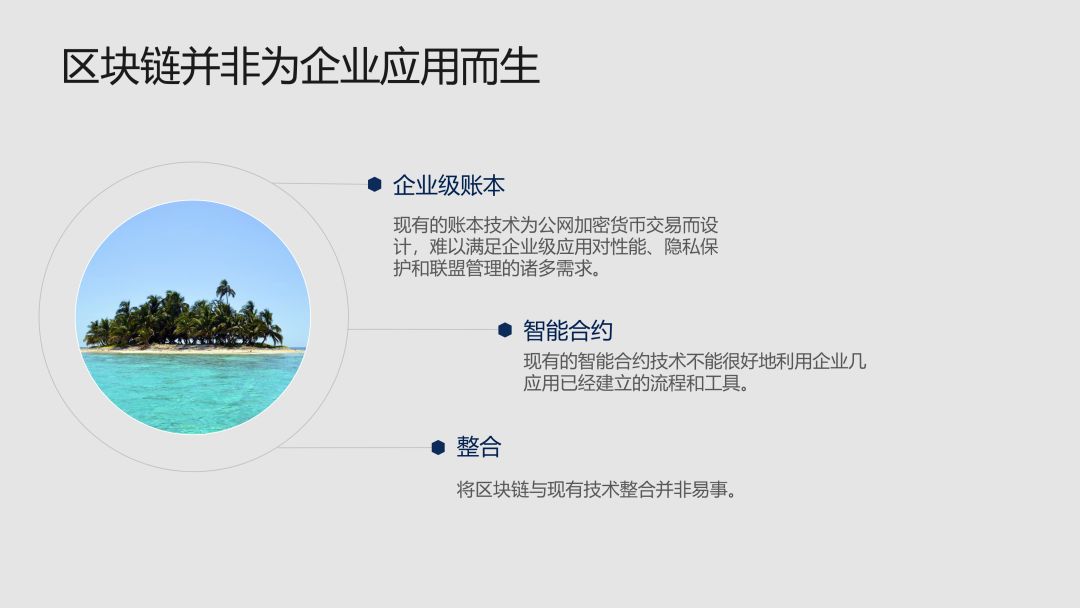


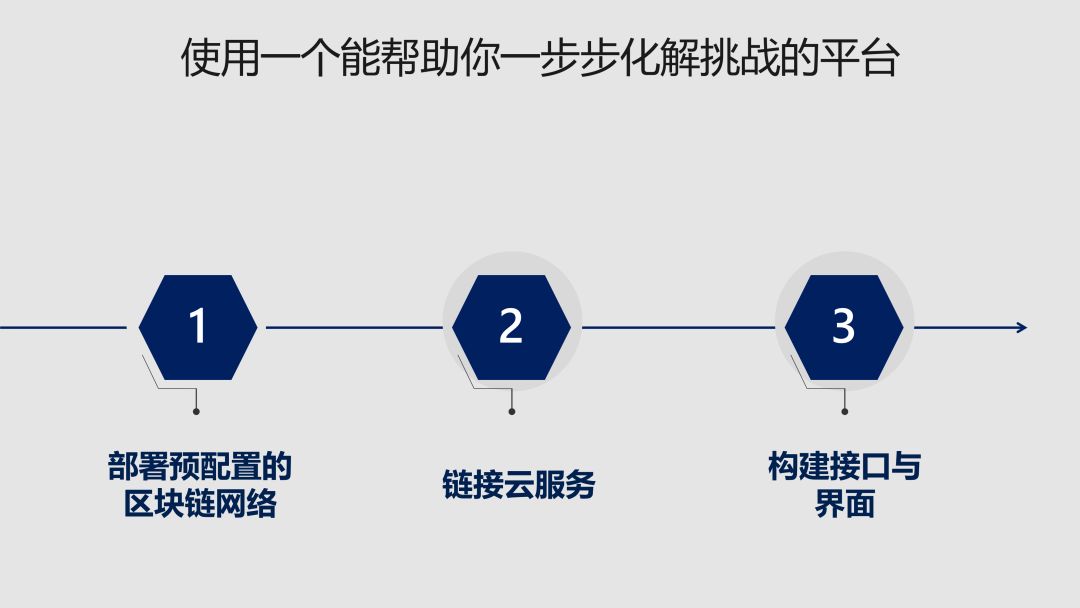
Xu Yutao: I will talk about two more along your question. First. We are the technology provider of the enterprise contract, and we will be, for example, Ethereum and Hyperledger as our partners. Second, we have provided Azure Blockchain Service, Azure Blockchain Token and other services on the blockchain services provided to enterprises, helping everyone to quickly use these blockchain technologies, while also being able to quickly issue their own communications.证 Token. More importantly, we are very concerned about the security and privacy of this data. After all, there is a lot of data in the blockchain. We guarantee that all data when using our cloud and our services will meet the requirements of laws and regulations in various countries on a global scale.
The ecology of the blockchain
Xu Yutao: We talked a lot about what services our Microsoft provides on the blockchain and how to help everyone do enterprise application development. We also have a very important point is our partner ecosystem. But our partner ecosystem is built on our perspective. But I believe Mr. Xu Jiang, you have a bigger ecology from the perspective of practitioners, including yourself. Can you give us an introduction? Then I come back to talk about how Microsoft does our ecology. It may be that from the perspective of different enterprises, you will see different things.
Xu Jiang: Let me talk about what kind of situation we saw from our side. From our side, we can see that the whole industry is divided into these roles. The first role is that when we talk about supply chain projects, we have just mentioned Bitcoin, Ethereum, and EOS. In addition to them there are many other public chains. On the basis of public chains, there may be corresponding developers who provide application scenarios and services for these public chains. For example, the Ethernet cats that develop games, or tokens, or quantitative transactions. These are equivalent to doing things based on these public chains. At the same time, there will be corresponding companies like ours who are studying these public chain projects, including policies and macroeconomics. It is mainly a study of financial orientation. We will provide readers or users with relatively in-depth research reports. There are also like the media, the community. They are here to provide users with services equivalent to these public chain projects. Vitalik, the founder of Ethereum, came to China to do Ethereum and to raise funds. Vitalik he is the equivalent of going to the media and asking the community to help him with financing. Then it made Ethereum, now famous. Ecology has become more and more complex with more participants of all types.
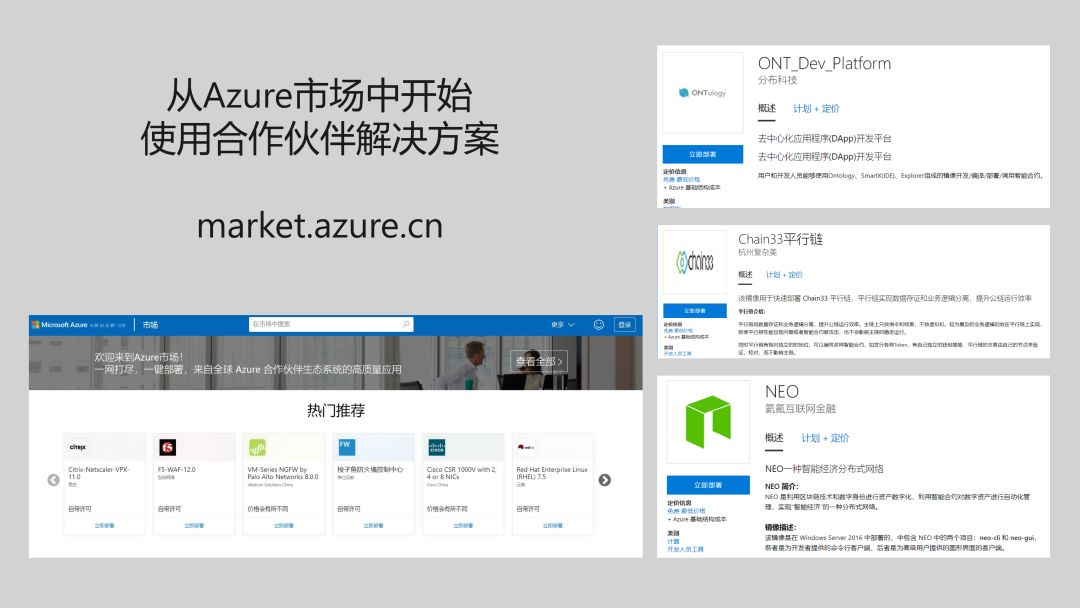
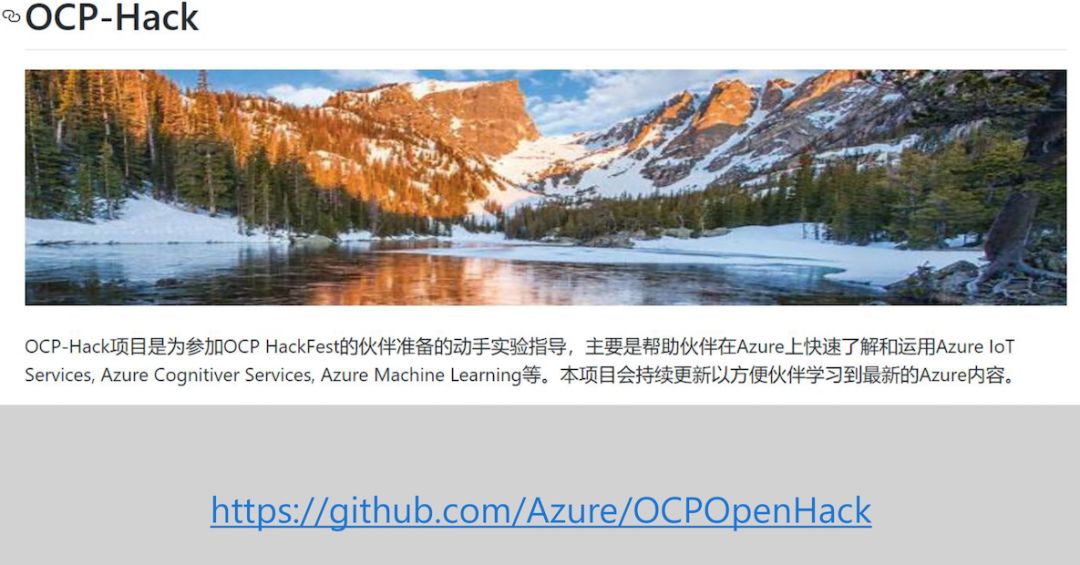
Xu Yutao: When we were at Microsoft, we revolved around a mission of our company in the past two years. We hope to help every enterprise and everyone achieve the cause he wants to achieve. Because you can see that our introduction also basically focuses on how to help companies use the blockchain and how to solve the problems in their enterprise scenarios. We try to continuously build our own ecosystem of partners based on public cloud Azure.
We work with them to let them bring their blockchain technology to our public cloud platform, make one of their services, and then deliver it to customers through both of us. These solutions are particularly easy to obtain, and we have all put them on our public cloud market. As long as our users want to use it, they can quickly build such a network directly in that cloud market and start doing the necessary development. At the same time, there are some documents for development. As a developer, you have to find a variety of documents. Each chain has its own various communities in this area to build such documents. We are a technical team and we have also built a small community. We made a website on which we put all kinds of documents that need to be developed on it.
You can see that we are following a parallel chain of Chain 33 used by an authorized body provided by a complex beauty because we have made a parallel chain to make it more efficient. The token issued above does not have any cost because it Nor is it a real production environment. In this way, developers can quickly create transmission entries in our portal, and then create accounts to generate wallets and configure tokens, which can be quickly used.

The development trend of blockchain technology
Xu Yutao: When we talk about this, our topic today is basically over. But I have one last topic, please ask Mr. Xu Jiang to give us a look, because it is also the end of the year, and from 2019 to 2020, the blockchain technology and we are constantly evolving. What major technical directions do you think will be in the next evolution, or for example, Ethereum, which we often say, is also evolving, do you have any information you have seen or insights to share with us?
Xu Jiang: There may be two points:
The first point is that the throughput will definitely increase significantly. Because the Bitcoin TPS was very low from the beginning, and then it has increased dozens of times to the current Ethereum. But now it's Ethereum 2.0. It has to be improved dozens of times, and it has to be thousands of TPS. First of all, we can confirm various trends to show that the throughput will definitely increase. Because Bitcoin now requires six nodes to confirm a transaction, which takes about several hours. Ethereum takes about ten minutes, and EOS takes about one minute. We can clearly see that the efficiency improvement is certain.
Another point is the consensus mechanism. The consensus mechanism is a bit like the democratic mechanism or voting mechanism in our real society. Some are universal suffrage, that is, one vote per person. POW is such a consensus mechanism. In addition, the proxy mechanism is a POS represented by EOS. This mechanism is to select an agent first, and then the agent will help you vote. The consensus mechanism we are seeing today will be even more popular. Because it is more efficient and more controllable. This may be a future trend.
Xu Yutao: Well, thank you Teacher Xu Jiang for sharing your personal opinion. That's it for today.
risk warning:
- Be alert to illegal financial activities under the banner of blockchain and new technologies. The standard consensus firmly resists illegal activities such as illegal fundraising, online pyramid schemes, ICOs and various variants, and dissemination of bad information.
We will continue to update Blocking; if you have any questions or suggestions, please contact us!
Was this article helpful?
93 out of 132 found this helpful
Related articles
- Research: 10% Bitcoin allocation in portfolio, which outperforms traditional asset portfolios
- Regulatory review: new US crypto bill, proposal to unify Muslim cryptocurrencies, European Central Bank's European chain
- Lenovo Group Blockchain Puzzle
- Everbright and Zhongying interconnected and blew up, exploding A-share "currency-related" companies
- Ripple Puzzle: Why is Ripple not short of money financing?
- 2 days countdown! 64.8% of this New Year's Eve speech are new friends outside the circle
- Ethereum 2.0 to be classified as securities by the SEC? Lawyers say it is highly likely






